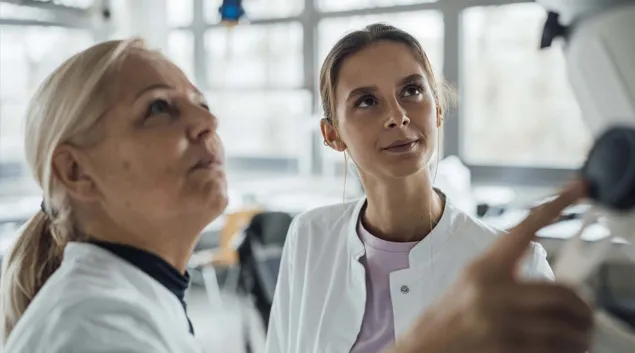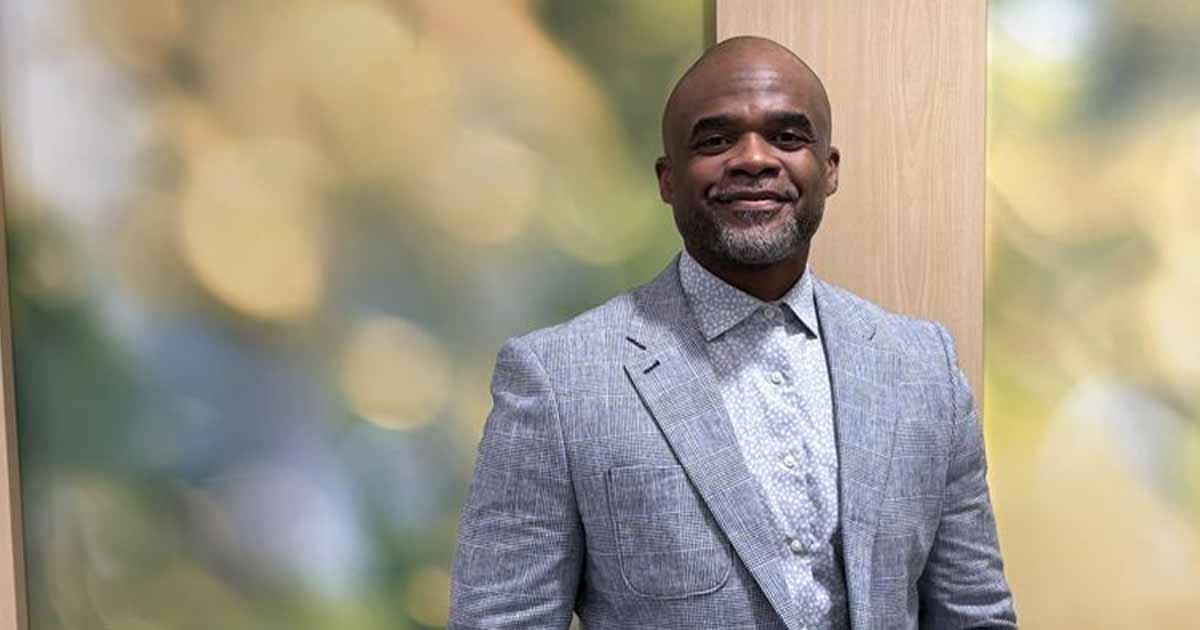Moore's law is elegant in its simplicity - and world-changing in its significance. And, as hard as it might have been to believe when Intel co-founder Gordon Moore posited it back in 1965, it has more or less held true for the half-century since.
The maxim - that the number of transistors able to fit on an integrated circuit will double roughly every 18 to 24 months - has had a profound effect on technology, with speed and computing power increasing (and size and cost decreasing), as the calendar pages flip forward.
Healthcare, of course, has been notoriously slow to adopt technology on a wide scale. But now that the industry has taken to IT in earnest, it's natural to get excited - perhaps sometimes overexcited - about what the future might hold.
If that idea, of effectiveness and efficiency on the uptick even as cost of doing business goes down, works for technology, well, now that healthcare is making smart use of technology, shouldn't it work for healthcare too?
Writing in WIRED magazine this past October, Moore's Intel colleague Andy Grove celebrated the fact that the past few decades have been transformed by "major strides in technology" in myriad different industries. "Improvements in semiconductors have allowed faster computation and communications, as well as the construction of databases that outdo themselves every year."
In the same article, he criticized a healthcare industry where "1950s-era thinking still rules the day." Clearly, we have some catching up to do.
Mr. Chips
Now, Moore's Law can't hold true forever. Even back in 2007, former Intel Chairman Craig Barrett was conceding that "we are getting to the fundamental physical limitations" of chip architecture.
"The laws of physics are to blame," explains Gery Menegaz, executive IT architect for Intel's rival IBM, writing on ZDNet. "The current process allows us to create chips with transistors that are measured in atoms. Eventually, or in about 2020, transistors will become so small that quantum theory or atomic physics will take over and electrons will begin to leak out of the wires."
In the seven years between now and then, could healthcare ever hope to harness technology to the point where it doubles its advantages and halves its hindrances three, even four times? Could we ever expect to see such exponential improvements in quality, cost and access? Or should we be happy merely to move past the Eisenhower-era doldrums in which Grove accused the industry of wallowing?
Some within Intel's ranks see a slightly different twist on the application of Moore's Law. This past summer, Mark Blatt, MD, the firm's worldwide medical director, told Intel Free Press about his theory of "Moore's Law for Healthcare" - a better way of expanding patient access.
He recalled one Saturday where he cared for "about 80 percent of patients on the phone, and I realized that I'd 'seen' more people in those four hours than I usually see in a [normal] week. I had taken approximately 30 to 60 seconds for each visit. The price point was cheap; in fact, it was free. For the patients it was extremely convenient and timely medicine."
The aim, he said, should be to take a cue from what's spurred the semiconductor industry: double the patients a doctor treats, "and cut the cost of treating them by 50 percent."
Alice Borrelli, director of global healthcare policy at Intel, has a similar vision - on an even faster scale. "We need to think about applying Moore's Law to healthcare where we double the access to patients while cutting the costs in half - maybe not in the 24 months that technology moves, but at a much more accelerated pace than today's practices," she wrote in a recent blog post.
In the meantime, the challenge of getting the most of out of health IT continues. In 2002 - eons, seemingly, before HITECH and meaningful use put a match to the health IT fuse - Harvard Medical School researchers Kirby Vosburgh and Ronald Newbower wrote a study titled "Moore's Law, Disruptive Technologies, and the Clinician."
"The advancement of technical power described by Moore's Law offers great potential for enabling more cost-effective medical devices and systems," they wrote. "However, progress has been slow."
Among the reasons for this lag, they suggested skills and workforce shortages, marketplace barriers, physician-resistance, perverse incentives (or, as they put it, the "anti-rational economic structure of healthcare") and regulatory hurdles.
One of the chief barriers cited had to do with technology itself - especially with regard to interoperability. "New technologies must work easily with disparate systems, standards and islands of automation," wrote Vosburgh and Newbower.
Thankfully, especially since HITECH and the Affordable Care Act, those challenges are all being conscientiously targeted, with varying levels of success so far. (Interoperability remains elusive.)
One big technology development since that article was published emerged in the mid-aughts, and has been steadily increasing in power and decreasing in price since: the smartphone.
Vosburgh and Newbower wrote that "disruptive technologies" - which they define as "those that are established in one market, but then penetrate and overwhelm another market" - could sidestep those pitfalls on the road toward healthcare's doubled and redoubled improvement.
Omnipresent pocket computers, consumer devices that have been embraced in the clinical setting faster than perhaps any other technology, would seem fit to earn the "disruptive" label.
The IT push will "continue in the demanding cutting-edge application areas as always," Vosburgh and Newbower predicted, "But the 'disruption' will occur through wider application of lower-cost technologies, pulled by the users. The capabilities described by Moore's Law will allow the advancements necessary to facilitate this dissemination of capability and its ultimate benefit, so long sought."
That was written more than 10 years ago. A loose interpretation of Moore's Law would suggest that the efficaciousness of health IT would have doubled in efficacy five times over since then. It hasn't. But it sure has come a long way. And the future is just getting started.


